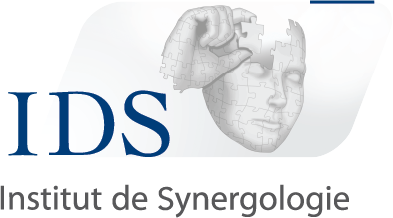You are with an individual who has just experienced a strong emotional shock. You ask them to tell you about their mishap, but they seem to have difficulty putting all the pieces in chronological order. Sensing that they need to talk, you give them all the time they need to recount what they remember. While paying attention to what they share, you notice where they place the episodes in space. Once their story is finished, you help them reconstruct the sequence of events based on what you observed. How did you do it? You managed to observe the course of their adventures through their gestures. Of course, this doesn’t always work on the first try, and reading body language is far from magical. But then, how is time encoded in gestures?
This is what Lera Boroditsky and her colleagues tried to uncover. They dedicated initial research to the relationship between space and time (1). Their results suggest that we represent time in space according to the direction of our writing. Thus, the representation of time can be illustrated from left to right in the majority of Western cultures and in the opposite direction in Arabic-speaking countries.
But the researcher didn’t stop there. In an article published in 2007 (3), Boroditsky and her colleagues reported that the direction of writing can have a profound influence on how people represent and process numerical information. Scientists also noted that the direction of writing can shape how people think about numbers and their relationship with space. These results are in line with the findings of Dehaene (2) and the SNARC effect. But we’ll revisit this famous effect another time.
So, we understand that in Western cultures, the past is generally placed to the left, and the future to the right, but the situation may differ in other cultures. We will delve deeper into this topic in another article on the relationship between space and time and its expression through gestures. In the meantime, pay attention to the direction of hands when you listen to someone recount their misadventures.
References
- Boroditsky, L. (2000). Metaphoric structuring : Understanding time through spatial metaphors. Cognition, 75(1), 1-28.
- Dehaene, S., Bossini, S., & Giraux, P. (1993). The mental representation of parity and number magnitude. Journal of experimental psychology: General, 122(3), 371.
- Fuhrman, O., & Boroditsky, L. (2007). Mental time-lines follow writing direction: Comparing English and Hebrew speakers. In Proceedings of the annual meeting of the cognitive science society (Vol. 29, No. 29).

